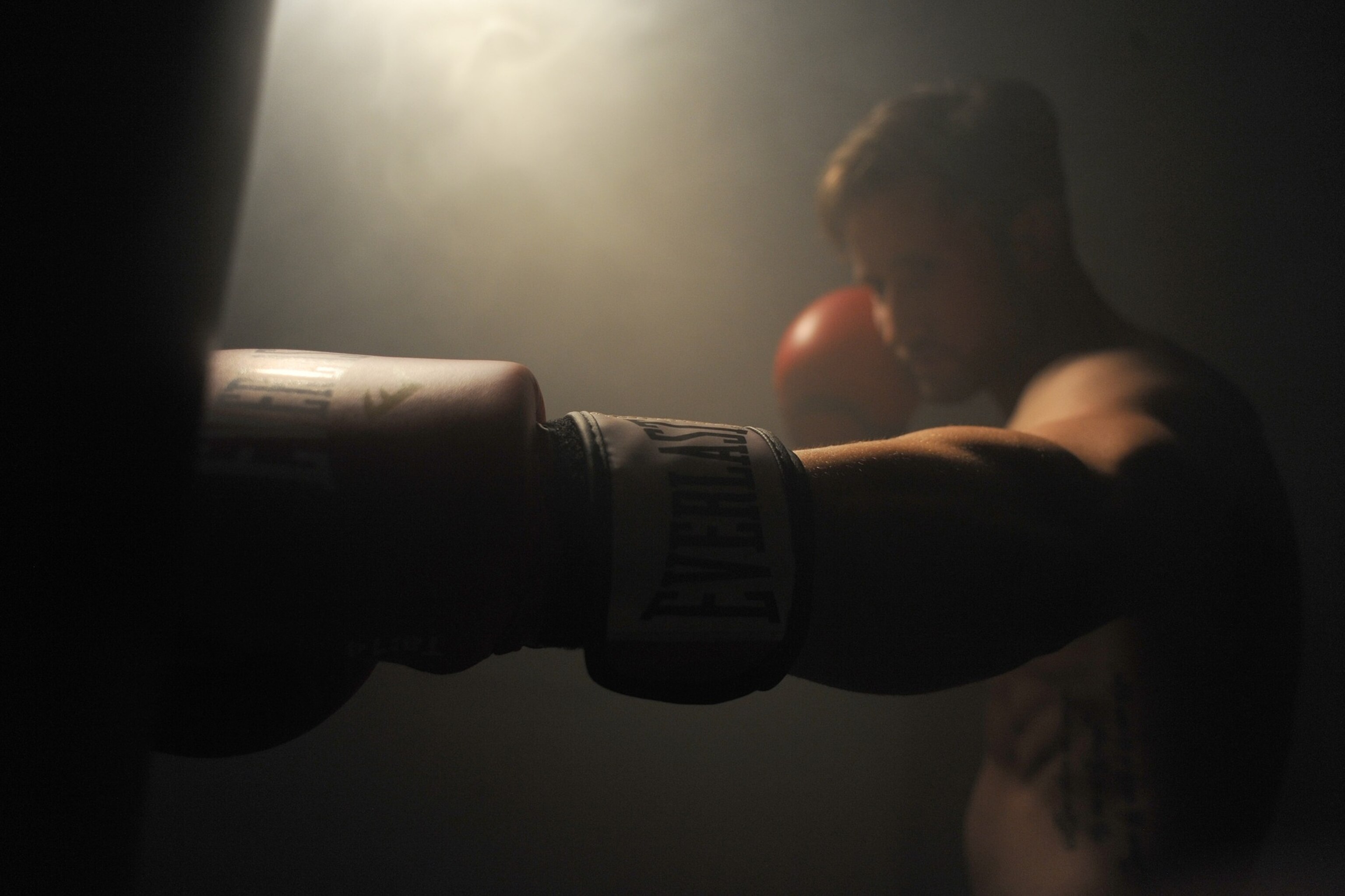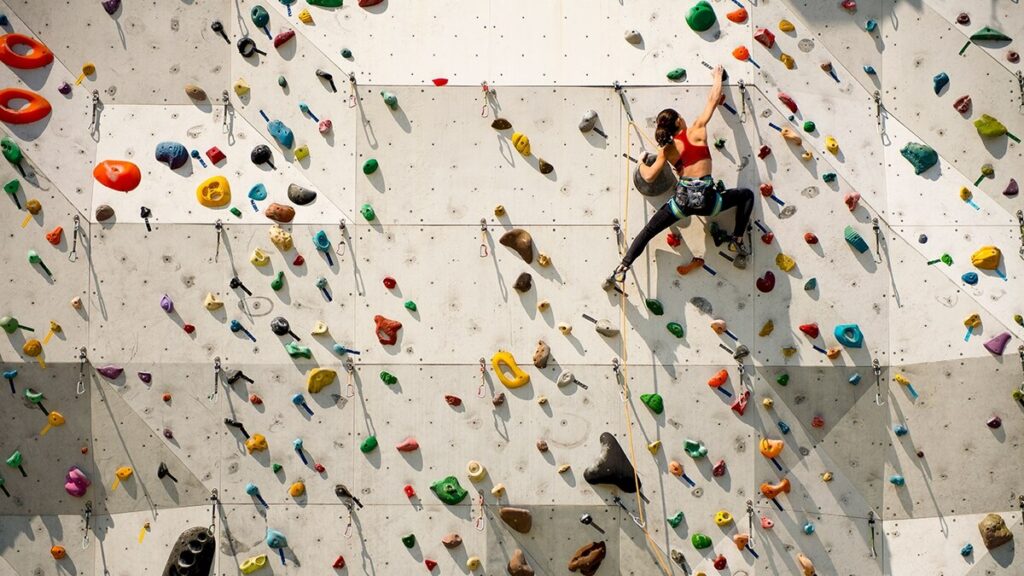It uses camera-less motion capture suits combined with advanced sensor-fusion technology to precisely capture motion data. The suit gives climbers an advantage because it can capture, track, and record movements that normal cameras and the human eye cannot see.
The two key types of data gathered by the coaches are positional and kinematic data that reveals the center of gravity, speed and delay, or hesitancy, of limb movement.
Visualizing center of gravity and limb positioning is important because it helps athletes conserve their strength and maintain their grip. Delay of limb movement, on the other hand, is captured so that the coach can measure the correlation between the time and rhythm of a climb.
All of this data is visualized in a 360° action replay, so that every angle of each style of climbing can be evaluated and properly assessed, allowing the athlete a chance to fine-tune their specific training techniques.
Qualification for the Olympics in 2020 is certainly a tough goal, but there is no doubt that JLL and the technology they are developing will give the climbers the best possible chance to achieve their ambitions.
Aiming for a belt
An old sport like boxing is notoriously resistant to change, but even purists have had to acknowledge that the use of science and technology for training have produced tangible results.
For pugilists (professional boxers or “prize fighters”, to the uninitiated) like Britain’s Kell Brook, success came because of a willingness to integrate more science into his training regimen. For Brook, the only important thing was his ambition of winning a world championship.

In boxing, both fighters and trainers have become more accepting of the use of science and technology to help with training. Photograph by Alex Csiki
In the lead-up to his IBF world welterweight title fight, Brook consulted with scientists from Sheffield Hallam University to take a look at what he could improve.
The scientists in his team collected heart rate and lactate data from sparring sessions, and also studied how his body used energy so that they could better understand his strengths and weaknesses.
This data, coupled with good, hard, old-school-style training and a strict diet plan, put Brook in the best position to win – and hold his belt for a considerable amount of time.
Shooting for the top
Two-time MVP Stephen Curry was told he didn’t have the size or athleticism to succeed in the NBA, and so he knew that it would take more than hard work to become a world-beater. That’s why he looked toward improving his mental capabilities on top of his physical skills, to reach his on-court ambitions.
To develop his elite skills, Curry was always open to trying new technology. The reason that he’s able to approach the game of basketball at warp speed is because his training regimen involves using strobe goggles and on-court light discs that force a sensory overload and demand Curry make quick decisions. Using this technology helps Curry improve his neuro-cognitive efficiency, which then greatly improves his ability to read the flow of a game and react with lightning speed.

While the sport of basketball might not have changed much over the years, advances in technology are causing players to re-assess how they train. Photograph by HeungSoon
It’s hard to argue with the results, considering the fact that Curry achieved his ambition of winning multiple MVP trophies and NBA championships before he turned 30. He has also crafted his own enduring legacy as a player who forever changed how the game of basketball is played.
Whatever it takes
Previous generations will always set the bar for elite athletes. There will always be a new record to break, and thanks to improving technology, athletes will continue to find a way to create new ones to push their limits.

Athletes assess the best route to take to scale the wall and achieve their ambitions. Photograph courtesy JLL
In the end, all an athlete needs is the ability to aim high and the strength of will to work harder than their opponents. The challenges may get harder, but there will always be innovative companies who are willing to help athletes accomplish their dreams and unlock their full potential.
Find out how JLL helps sport climbers achieve their ambitions here.



